At the time of writing we are about to enter the 10th week of coronavirus lockdown. With our travel plans in tatters, my wife and I have devoted our time and efforts to giving the garden a long-needed makeover. Our immune systems are constantly challenged through innumerable cuts and grazes - most of my gardening shirts are now covered in specks and blotches of blood and they look as if the wearer might have been involved in some heinous crime!
The area where we live has a fairly mild micro-climate and when we moved in here I decided to try my luck with various types of palms. Not all the experiments proved successful, but a fair number of the little trees survived and even thrived. Not surprisingly, the types that originate from a relatively cool climate - e.g. the foothills of the Himalayas - did particularly well.
Many of the palms in our garden flower in late spring and this year some of them bear huge inflorescences. The one in the photo at the top is an example. The tree itself is shown below.
This one is actually a 'bog-standard' fan palm ('Trachycarpus fortunei'), bought as a tiny specimen some 20-odd years ago from a local garden centre. Their flowers have always intrigued me. The photo below shows a close-up of those on one of the smaller trees.
The young flowers are supposed to be edible and, according to some sources, can be used in cooking in a similar way to bamboo shoots. Having had a nasty experience picking a fresh cashew nut from a tree in India a few years ago - the skins are toxic - I have not so far plucked up the courage to try that.
Since we are in the garden virtually every day at the moment, we have become more aware of the fact that different varieties of palms flower at slightly different times. The inflorescence on this one is only just forming:
Cordylines are not palms in the botanical sense, but several of their common names (e.g. 'Torbay Palm') allude to their palm-like appearance. We have quite a few dotted around the garden and they also produce spectacular inflorescences at this time of year.
The flowers release a strong, almost intoxicating, scent and attract honey and bumble bees in droves.
I am quite proud that I have also managed to grow a broad-leaved Cordyline ('indivisa').
They are said to be hard to cultivate and they are certainly very slow-growing, but once they have reached a reasonable size they produce large, slightly bizarre, pendulant flowers. In full bloom, a couple of weeks ago, they were purple.
I have in the past collected seeds from our palms, intending to try to get them to germinate. Of course, I never got round to actually doing that. I was very pleasantly surprised, therefore, when I recently found a couple of dozen palm seedlings growing under the bushes in various parts of the garden.
The last couple of winters have been very mild, but I was still astonished to find that the seeds had germinated outside. All the text books tell you that you need a very warm and humid environment for that to happen. Whilst we have the humidity (aka drizzle) here, the temperatures generally are far from tropical. Climate change might be one factor, but I suppose it is possible that the palms themselves may also become acclimatised.
I dug up the strongest-looking seedlings and put them in pots for the time being.

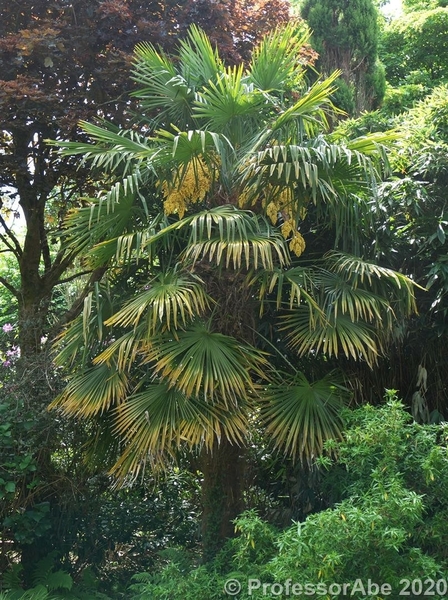
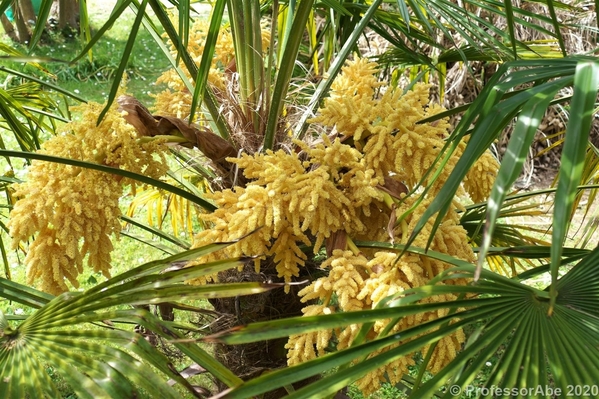
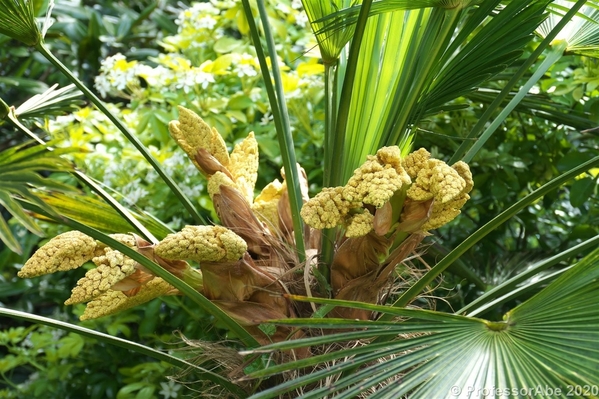
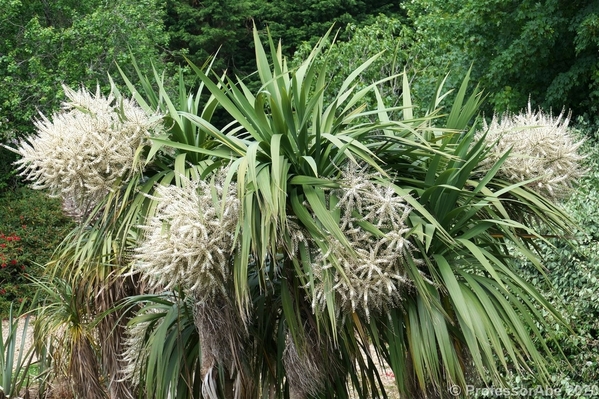
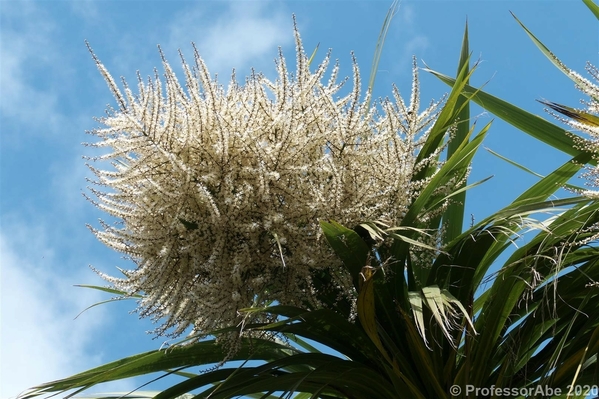
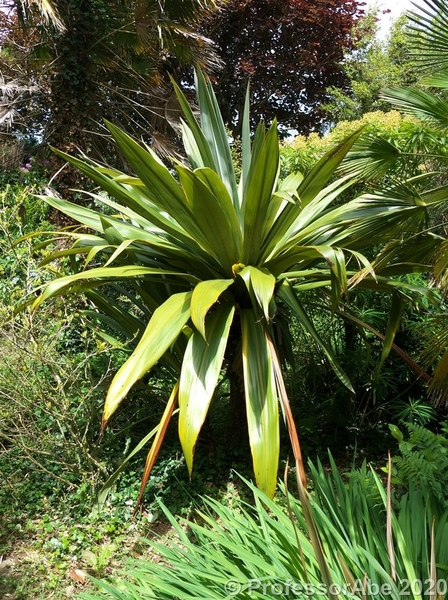
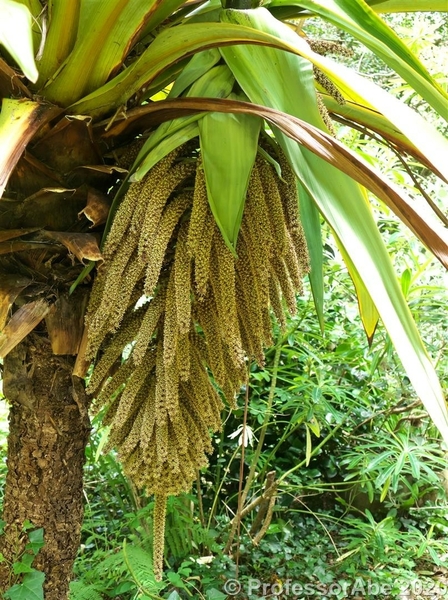
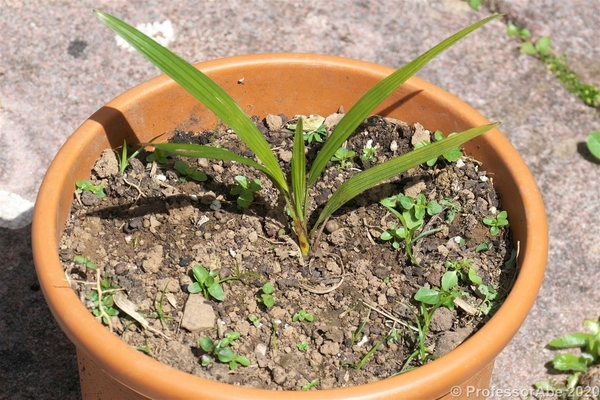
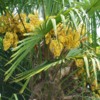








Comments (8)